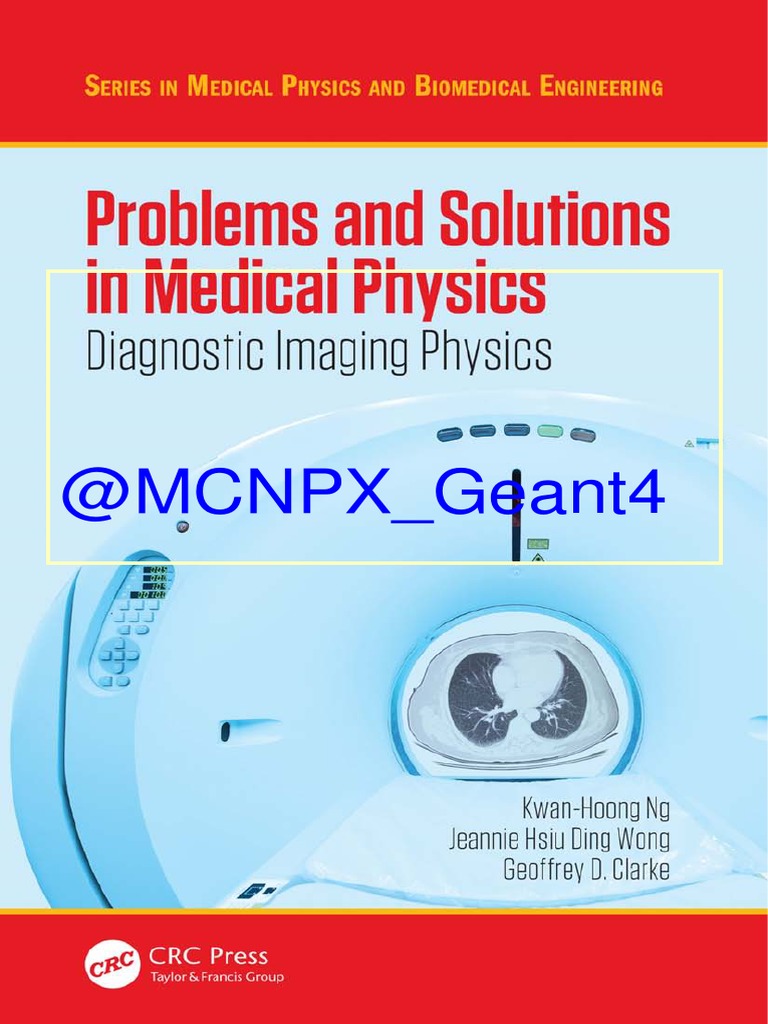Medical physics is a dynamic discipline at the intersection of healthcare and physics. It encompasses a broad spectrum of applications, from imaging technologies to radiation therapy. Despite remarkable advancements, numerous unsolved problems linger, prompting curiosity and exploration within the field. These challenges are not merely technical hurdles; they often touch upon profound questions about human health, the nature of disease, and the intricate relationship between physical sciences and biological systems.
One glaring unsolved problem in medical physics is the optimization of radiation therapy. While significant progress has been made in delivering targeted radiotherapy, the dilemma of how to maximally spare healthy tissues while effectively eradicating malignant cells remains largely unresolved. Current techniques, such as Intensity-Modulated Radiation Therapy (IMRT), have improved the precision of radiation delivery, yet the biological variability among patients complicates treatment outcomes. This inconsistency raises questions about the underlying biological mechanisms of radioresistance in tumors and the inherent sensitivity of surrounding healthy tissues. Exploring these phenomena could yield better predictive models that enhance patient-specific treatment plans.
Moreover, imaging technologies, while advanced, present a plethora of unresolved issues. Magnetic Resonance Imaging (MRI), for instance, is revered for its soft tissue contrast; however, there are ongoing challenges related to tissue characterization and resolution. The quest for higher resolution images without compromising scan times or patient comfort is of paramount importance. Techniques such as diffusion tensor imaging and functional MRI are promising but come with their own set of complications—specifically, the interpretation of complex data sets and the need for robust standardization across institutions. Bridging the gap between technological advancement and clinical utility remains an elusive goal.
Another critical area of investigation lies in dosimetry—the measurement and calculation of radiation doses received by patients. While current dosimetric methods have improved, uncertainties in dose delivery persist and can significantly impact treatment efficacy and safety. The integration of advanced sensor technologies and computational modeling could yield more accurate dosimetric assessments, yet this integration is hampered by challenges in calibration, standardization, and real-time feedback mechanisms. Addressing these issues is essential to ensure patient safety and optimize treatment regimens.
Furthermore, the principles of image-guided radiation therapy (IGRT) have expanded the horizons of precision medicine, but the challenge of motion management remains significantly unresolved. Tumors can change in size and position due to respiration, bodily movement, and even patient-specific biological variations. Current strategies for motion management, including gating and tracking technologies, are still inadequate. Ongoing research in this domain seeks to develop predictive models that can account for all these variations, thereby improving tracking methods and ensuring the highest levels of precision in radiation delivery.
In addition, the increasing reliance on artificial intelligence (AI) in diagnostics and treatment planning raises critical ethical and operational questions. Although AI systems have shown promise in enhancing the accuracy of analyses, the complexity of human biology poses challenges in validation and regulatory compliance. Machine learning algorithms must be equipped to discern nuances in medical data that are not always readily apparent. Questions related to data bias, algorithm transparency, and the potential for detrimental outcomes from erroneous categorization are pressing concerns that demand thorough examination and resolution.
Another important albeit nascent area of focus is in personalized treatment paradigms. The future of medical physics is undoubtedly aligned with the ubiquity of genomic medicine. As we progress towards tailoring therapies based on an individual’s genetic profile, understanding the molecular mechanisms underpinning various diseases is paramount. Unraveling the connections between genomic data and treatment responses in radiation therapy or chemotherapy regimens is a complex conundrum. Further interdisciplinary collaboration—encompassing oncologists, geneticists, and medical physicists—is essential to decoding these relationships, yet the path forward is still shrouded in uncertainty.
Moreover, the evolving landscape of telemedicine—as underscored by the COVID-19 pandemic—induces a reevaluation of existing paradigms. The challenges of remote consultations, digital imaging, and remote monitoring introduce a variety of technical and ethical concerns. Ensuring the reliability and security of transmitted medical data, while maintaining patient confidentiality, poses significant hurdles. In response, developing robust telemedicine frameworks that align with regulatory requirements remains a high priority.
Given the multifaceted nature of these unresolved problems in medical physics, the interdisciplinary collaboration between physicists, clinicians, engineers, and researchers will be essential. How does one synergetically blend the rigors of scientific inquiry with clinical application? This question encapsulates the essence of the field, highlighting the importance of fostering environments conducive to innovation and critical thinking.
In conclusion, the unsolved problems within medical physics are not merely hurdles; they represent the frontier of a field with enormous potential. Each issue invites inquiry, inspiring the next generation of researchers to unravel complex questions that could revolutionize patient care and treatment modalities. As technology and our understanding of human biology evolve, so too must our strategies for addressing these challenges, embracing both the thrill of discovery and the solemn responsibility of safeguarding human health.












